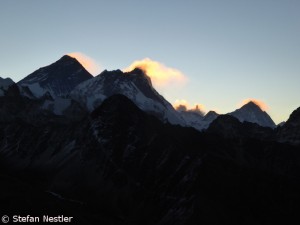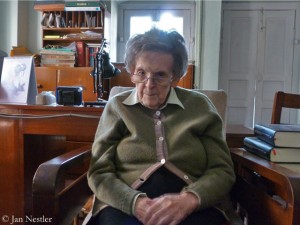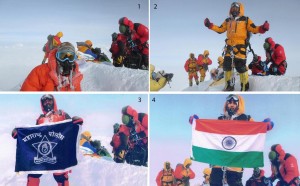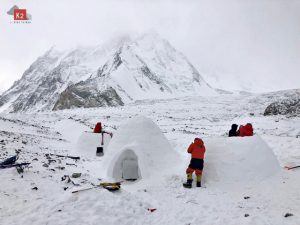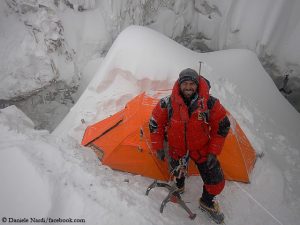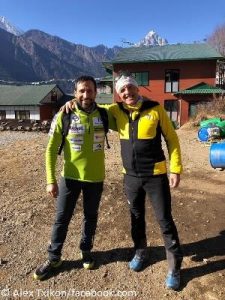Himalayan chronicle 2.0
It is the old road, but due to the increased traffic the (digital) emergency lane is used too. From now on, expedition teams heading for Nepal can register with the Himalayan Database, the high mountaineering chronicle founded by the legendary Elizabeth Hawley, also online before setting off, for example via Facebook. “We will continue to meet as many teams in Kathmandu as we can. However, it has become almost impossible in the last few years to interview everyone personally,” Billi Bierling explains the new procedure.
Last instance: Miss Hawley
The German climber and journalist is doing the interviews for the Himalayan Database, along with the Nepalese Jeevan Shrestha, the American Richard Salisbury and the French Rodolphe Popier. The now 93-year-old Miss Hawley has withdrawn. At the beginning of the 1960s the journalist from the USA had settled in Kathmandu and started documenting the mountaineering on the highest mountains in the world. With her blue VW beetle, built in 1963, she drove to the hotels and interviewed the expedition teams. Her chronicle became the benchmark of the scene: Only if Miss Hawley had confirmed a summit success, the expedition was really considered successful. The persistent inquiring journalist succeeded in convicting some cheaters.
Work more efficiently
Since the start of commercial climbing in the 1990s, however, the number of expedition members in Nepal has exploded. The times when Miss Hawley knew and could know almost every Himalayan climber personally are over. The online registration is designed to help the team “to work a bit more efficiently,” says Billi Bierling. “We do not intend to make the Himalayan Database impersonal.” For many climbers the interviews have become part of an expedition to Nepal, says the 49-year old. “Of course, I’m not Miss Hawley, and some people are disappointed when they don’t get to know the lady personally – what I can fully understand.”
No referees or detectives
After the expeditions, the four interviewers continue to question as many climbers as possible. Everyone they miss has the opportunity to complete a questionnaire at a later date. Does this not reduce the chance to expose liars? “The number of cheaters is still very small compared to the people who are honest,” replies Billi Bierling. “And it does not mean that we will expose all cheaters, even if we meet them personally.” Thus the Everest fraud of the Indian couple in spring 2016 was initially not noticed despite the interview with the climbers. “If the actual owners of the faked summit pictures had not pointed out, this lie would probably have landed in the Database,” Billi admits. “We’re working on trust, as we are neither referees nor detectives – I would never presume. We will, of course, do our best to keep Miss Hawley’s Himalayan Database as good and precise as possible. But if someone really wants to lie to us, he will do. If we are lucky, other climbers who were at the same time on the mountain tell us about the fraud.”



